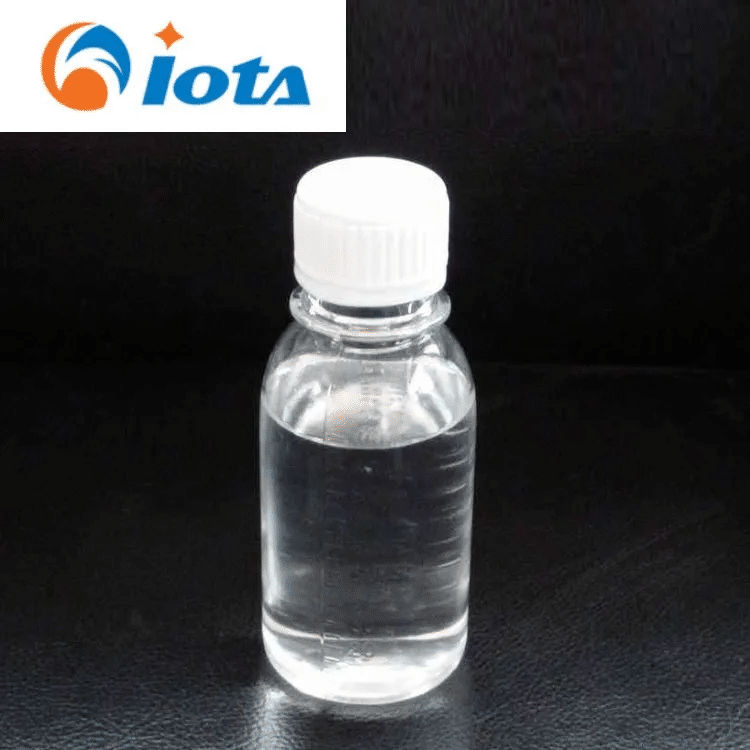As the "hidden champion"
in the field of chemical new materials, organosilicon, with its unique molecular structure and properties, is moving from the laboratory to various industries and becoming the core material driving global industrial upgrading. The century long development history of organosilicon, from the first synthesis of tetraethylsilicon by French chemists in 1863 to China's dominance of 76% of global production capacity, is a history of human exploration of material boundaries.

1、 Dual genes of molecular structure
The molecular skeleton of organosilicon is composed of silicon oxygen bonds (- Si-O-Si -), and the side chains are connected to organic groups such as methyl and phenyl groups through silicon atoms. This "inorganic organic" hybrid structure endows it with contradictory yet unified characteristics:
Temperature resistance: The Si-O bond can reach up to 121 kcal/mol, far exceeding the carbon carbon bond (82.6 kcal/mol), allowing it to remain stable at extreme temperatures ranging from -60 ℃ to 300 ℃. For example, in the ultra-high voltage transmission lines on the Qinghai Tibet Plateau, organic silicon insulators have been in continuous service for 15 years without aging.
Electrical insulation: Its low ion content and high breakdown voltage make it an ideal material for semiconductor packaging and new energy vehicle battery packs. The low compression permanent deformation silicone rubber developed by a certain enterprise has been applied to the sealing of hydrogen fuel cell stacks. In cyclic tests from -40 ℃ to 120 ℃, the deformation rate is less than 5%.
Biocompatibility: After passing FDA certification, liquid silicone rubber (LSR) has become the mainstream choice for plastic implant materials and drug delivery systems. The silicone catheter developed by a medical enterprise can stably release antibiotics in the human body for up to 30 days, reducing the infection rate by 80% compared to traditional materials.
2、 Technological breakthrough: from "scale expansion" to "quality leap"
The Chinese silicone industry is undergoing a critical transformation, with three major trends in technological iteration:
High end: The purity requirement for semiconductor grade organic silicon materials is 9N (99.999999999%). A certain enterprise uses ultra-low oxygen silicon wafer technology to control the metal impurity content below 0.1ppb, meeting the requirements of 5nm process.
Greening: The VOC emissions of photovoltaic module packaging adhesive have been reduced from 200g/L to 50g/L. The condensation UV dual curing technology developed by a certain enterprise has reduced curing energy consumption by 40% and carbon emissions by 30%.
Intelligence: The "Organic Silicon Material Cloud Platform" built by a certain enterprise integrates research and development, production, and logistics data to achieve full process digital control from raw material ratio to finished product testing, and the product yield rate has been increased to 99.2%.
3、 Boundless penetration of application scenarios
Organosilicon has penetrated into various fields of the national economy, forming a trillion dollar market space:
New energy revolution: In the field of photovoltaics, the weather resistance of single component silicone sealant can reach 25 years, and 2 out of every 3 photovoltaic modules worldwide use Chinese silicone materials; In the field of new energy vehicles, the amount of silicone used per vehicle has increased from 2kg for traditional fuel vehicles to 8kg, mainly for battery thermal management, wire harness insulation and other scenarios.
Medical Health: The porosity of 3D printed silicone bone scaffolds can be accurately controlled at 60% -80%, promoting bone cell growth; A silicone dressing developed by a certain enterprise can shorten the healing time of burn patients by 40% by regulating the drug release rate through micro nano structures.
Aerospace: A high-temperature resistant silicone rubber developed by a certain enterprise, which can maintain elasticity at 500 ℃ and is used for sealing rocket engines; The solar panels of a certain model of satellite have been extended in orbit from 8 years to 15 years after being coated with organic silicon.
4、 Future challenges and opportunities
Although China has the world's largest organic silicon production capacity, high-end products still rely on imports. For example, in the silicone market for semiconductor packaging, foreign companies account for 70% of the market share; The localization rate of medical grade LSR is less than 30%. In the next five years, the industry needs to break through three major bottlenecks:
Material performance improvement: Through cross-linking modification, fiber reinforcement and other technologies, the tensile strength of organosilicon has been increased from 10MPa to 30MPa, meeting the requirements of joint materials for humanoid robots.
Construction of recycling system: Establish chemical recycling technology for organic silicon waste, regenerate waste silicone into industrial grade raw materials, and reduce dependence on petroleum based products.
Complete standard system: Develop national standards for modified silane sealant (MS adhesive) for prefabricated buildings, unify indicators such as silicone content and adhesive strength, and promote standardized development of the industry.
From laboratory test tubes to industrial production lines, every breakthrough in organosilicon is reshaping human understanding of materials. With the advancement of green and intelligent trends, this "universal material" will surely open up more possibilities.
